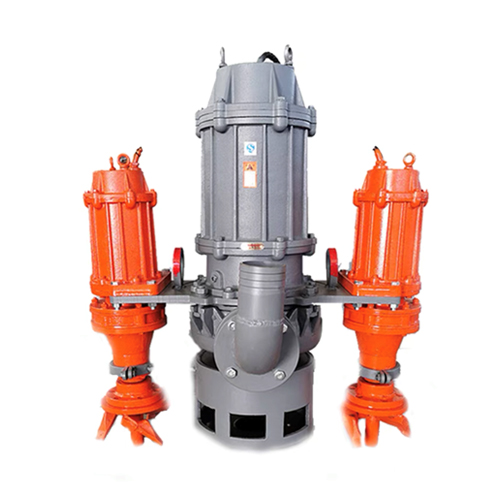- Shifo Industrial Zone, Anguo City, Hebei Province,China
- +8618831216699
sale@nlpumps.com

What Causes Submersible Pump To Trip

A submersible pump is a mechanical device used to pump water or other fluids from one place to another. It is commonly used in applications such as groundwater pumping, water wells, sewage pumping, and oil wells. However, like any other mechanical device, submersible pumps are prone to breakdowns, and one of the most common problems associated with them is tripping. In this article, we will explore the various causes of submersible pump tripping and how to prevent them.
Overload
One of the main causes of submersible pump tripping is overload. When the pump is overloaded, it draws more current than its rated capacity, causing the circuit breaker to trip. Overload can be caused by several factors, including running the pump for an extended period, running the pump at a high speed, or running the pump with a smaller diameter discharge pipe than what is recommended.
To prevent overload, it is important to ensure that the pump is installed correctly, with the correct pipe size and discharge pressure. Also, the pump should not be run for an extended period without giving it time to cool down. Additionally, installing a pump controller that includes overload protection can help prevent the pump from tripping due to overload.
Low voltage
Another common cause of submersible pump tripping is low voltage. When the voltage supplied to the pump is low, the pump motor will draw more current to maintain its speed, which can cause the circuit breaker to trip. Low voltage can be caused by several factors, including a faulty power supply, voltage drops due to long cables, or an overloaded power supply.
To prevent low voltage, it is important to ensure that the power supply is adequate for the pump's requirements. The cables used to supply power to the pump should be of sufficient size to reduce voltage drops. Additionally, a voltage stabilizer can be installed to regulate the voltage and prevent the pump from tripping due to low voltage.
Blocked discharge pipe
A blocked discharge pipe can also cause a submersible pump to trip. When the discharge pipe is blocked, the pump's motor will work harder to maintain the required flow rate, which can cause the pump to trip. A blocked discharge pipe can be caused by debris, mud, or other foreign objects that get into the pipe.
To prevent a blocked discharge pipe, it is important to install a strainer at the intake to prevent debris from entering the pipe. Also, the discharge pipe should be periodically checked and cleaned to remove any blockages.
Overheating
Overheating is another common cause of submersible pump tripping. When the pump motor overheats, it can cause the winding insulation to break down, resulting in a short circuit and tripping the circuit breaker. Overheating can be caused by several factors, including running the pump for an extended period, low voltage, or a faulty motor.
To prevent overheating, it is important to ensure that the pump is installed correctly, with adequate ventilation to prevent heat buildup. Additionally, the pump should not be run for an extended period without giving it time to cool down. Also, installing a thermal overload protector can help prevent the pump from tripping due to overheating.
Faulty motor
A faulty motor is another common cause of submersible pump tripping. When the motor is faulty, it can cause the circuit breaker to trip due to a short circuit or overcurrent. A faulty motor can be caused by several factors, including age, wear and tear, or poor maintenance.
To prevent a faulty motor, it is important to ensure that the pump is regularly maintained and serviced. Additionally, the pump should be installed correctly, with the correct pipe size and discharge pressure. Also, using a high-quality motor can help prevent the pump from tripping